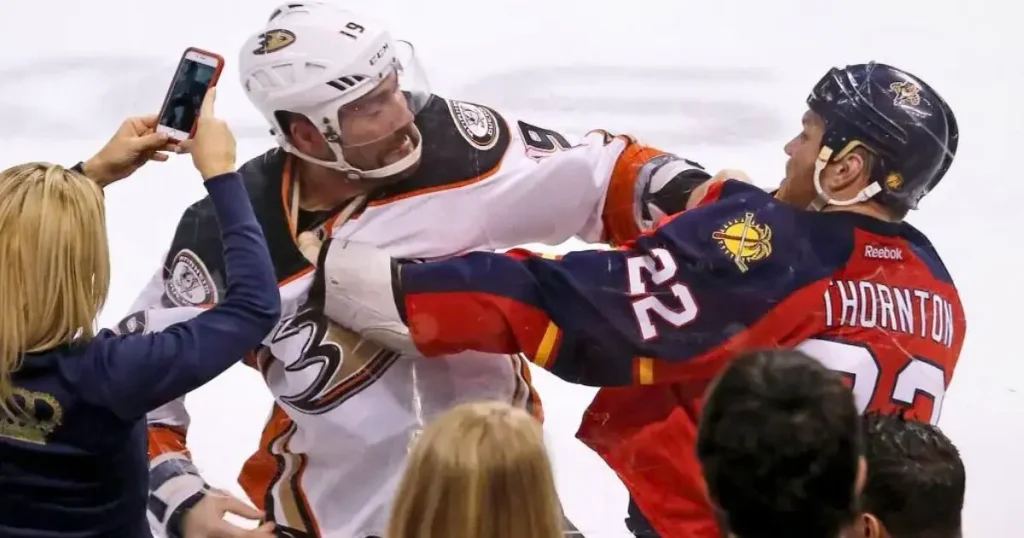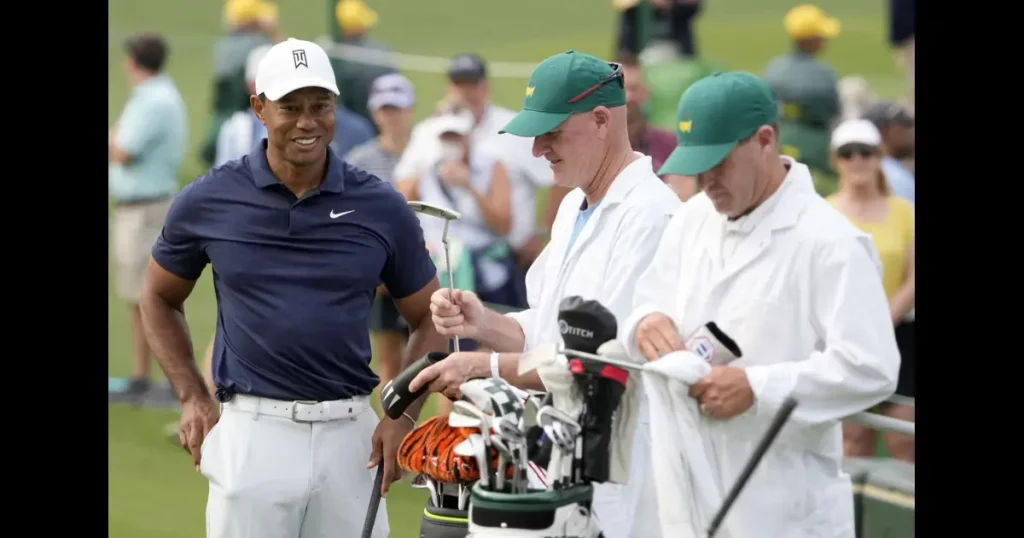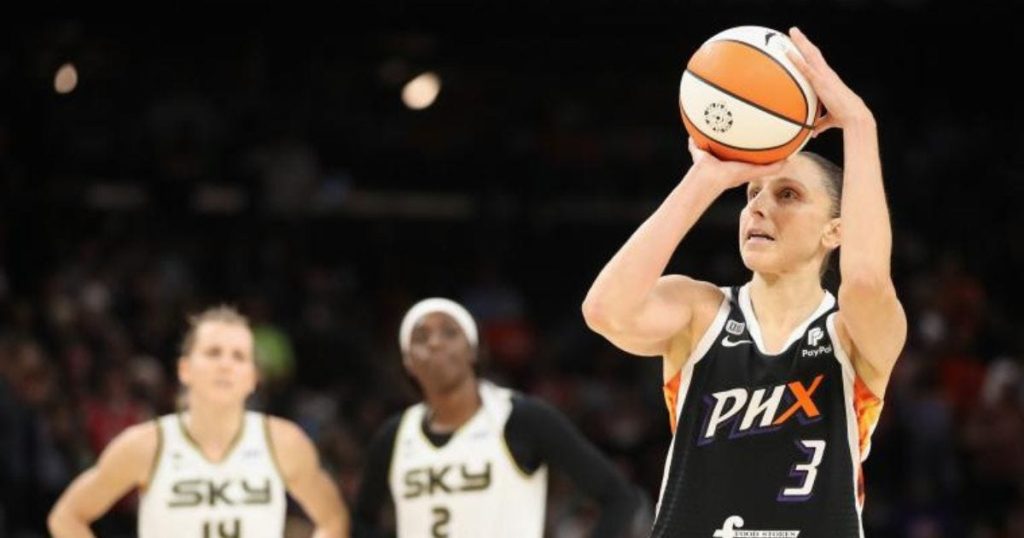Hockey, a sport known for its fast-paced action, bone-jarring hits, and skillful maneuvers on ice, often presents a paradox to spectators. Amidst the finesse and agility displayed by players, there is a raw, visceral element that captivates audiences—the occasional eruption of hockey fights. This phenomenon has sparked numerous debates and raised questions about the sport’s nature, leaving fans and critics alike wondering: Why do hockey players fight?
Table of Contents
The Unwritten Code: Understanding the Roots
In the world of hockey, an unspoken code exists—one that is deeply ingrained in the sport’s culture and tradition. This code, often referred to as the “code of honor,” dictates that players must defend themselves and their teammates. When a player feels their integrity or safety is compromised, the gloves may drop, and fists may fly.
The Historical Perspective
To truly grasp the essence of hockey fights, it’s essential to delve into the sport’s history. Hockey has its roots in the icy ponds of Canada, where players engaged in physical contests without the luxury of modern protective gear. As the sport evolved, so did the intensity of the matches, giving rise to a form of self-policing on the ice.
Imagine the frosty air of a small-town rink in the early 20th century. Players, clad in wool sweaters and leather skates, faced off in an era where rules were more lenient, and the referees’ authority was less pronounced. In such a landscape, players naturally adopted a vigilant approach, relying on their fists to settle disputes and protect their teammates.
The Adrenaline Rush: Fueling the Fire
Beyond the historical context, the question remains: Why do hockey players continue to engage in fights even in the modern era, with stringent rules and severe penalties?
Adrenaline Surge
Hockey is a high-intensity sport that demands split-second decisions and rapid reactions. The sheer speed of the game, coupled with the physicality of the plays, creates an environment where emotions run high. As players race across the ice, battling for possession of the puck, adrenaline courses through their veins, turning the rink into a pressure cooker of emotions.
In these moments of heightened intensity, a single hit or a perceived act of aggression can become the spark that ignites a full-blown altercation. The surge of adrenaline can overpower rational thought, leading players to resort to their primal instincts—a fight-or-flight response.
Emotional Release
Hockey players, like any athletes, face immense pressure to perform at their peak. The weight of expectations, coupled with the physical toll of the game, can result in a buildup of frustration and tension. A well-timed fight can serve as a cathartic release, allowing players to channel their pent-up emotions and reset their mental state.
Consider the story of a seasoned defenseman, known for his bone-crushing hits. One night, after a particularly grueling match, he found himself entangled in a heated exchange with an opposing forward. The ensuing fight became a therapeutic outlet, a way for him to release the stress that had accumulated throughout the game.
The Brotherhood of the Ice: Team Dynamics
Hockey is more than a sport; it’s a brotherhood where teammates forge deep bonds on and off the ice. Understanding the dynamics of this brotherhood provides valuable insights into why hockey players willingly throw punches to defend their comrades.
Team Unity
The chemistry among hockey players is a unique and powerful force. Teams often describe themselves as families, and just like any family, there’s an inherent instinct to protect one another. When a teammate is targeted or subjected to a questionable hit, the collective response is visceral—a unified front against perceived injustice.
Imagine a scenario where a star forward, the linchpin of a team’s offensive strategy, takes a hard hit from an opponent. In an instant, his linemates rush to his defense, embodying the unwavering loyalty that defines the essence of hockey teams. The resulting fight is not just an individual response but a manifestation of team unity and solidarity.
Deterrence and Strategy
Hockey, despite its grace, is a physical game where intimidation can play a strategic role. The threat of a fight can act as a deterrent, dissuading opponents from taking liberties with star players or engaging in overly aggressive tactics. In this context, fights become a calculated move, strategically employed to maintain a balance between skillful finesse and assertive physicality.
Consider a playoff series where two rival teams face off in a high-stakes battle. As tensions escalate, a well-timed fight can shift the momentum, sending a message that transcends the immediate physical clash. The psychological impact on the opposing team can influence the flow of the game and potentially tip the scales in favor of the more assertive squad.
The Evolution of the Enforcer: Navigating Change
In the modern era of hockey, marked by increased emphasis on skill and speed, the role of the enforcer has undergone a transformation. The question arises: Why do teams continue to employ players whose primary function is to engage in fights?
Strategic Enforcers
While the role of the enforcer may have evolved, their presence on the roster remains crucial for strategic reasons. A strategic enforcer is not just a pugilistic force but a player with the ability to influence the game’s dynamics through controlled aggression. Teams strategically deploy enforcers to protect their star players, create space on the ice, and instill a sense of physical presence that reverberates throughout the opposing lineup.
Imagine a team with a young, prodigious talent—an agile forward with the potential to single-handedly change the course of a game. To ensure the opposing teams don’t exploit the rookie’s vulnerability, a strategic enforcer steps in, ready to engage in a fight if necessary. This calculated approach ensures that the team’s rising star can focus on dazzling plays without constant fear of intimidation.
Maintaining Tradition in a Changing Game
In the face of evolving rules and a shift towards a more finesse-oriented style of play, the enforcer’s role can be seen as a guardian of tradition. Hockey, with its rich history and deeply ingrained culture, cherishes the elements that make it unique. The presence of enforcers pays homage to the rough-and-tumble roots of the sport, adding a layer of nostalgia that resonates with both players and fans.
Consider the story of a legendary enforcer who, in the twilight of his career, reflects on the changing landscape of hockey. Despite the evolution of the game, he takes pride in preserving the essence of a bygone era, where toughness and tenacity were as revered as skill and finesse.
Addressing Concerns: The Safety Net of Rules and Regulations
While the passion and intensity of hockey fights are integral to the sport’s identity, concerns about player safety and the potential for injury are valid. It’s crucial to explore how the rules and regulations governing fights serve as a safety net, balancing the thrill of physicality with the imperative of player well-being.
Regulating the Rumble
Hockey leagues, recognizing the need for player safety, have implemented strict rules governing fights. From the moment the gloves drop to the final blow, referees are vigilant in ensuring that fights don’t escalate beyond control. Players involved in a fight face penalties, and repeat offenders may incur suspensions, providing a deterrent against unnecessary violence.
Imagine a high-stakes playoff game where emotions run high. Two players, engaged in a fierce battle for puck possession, decide to settle their differences with a fight. The referee, ever watchful, steps in at the first sign of escalation, swiftly penalizing the players involved. This intervention ensures that the game maintains its competitive edge without veering into a dangerous territory.
Player Safety Measures
In an era where concussion awareness and player safety initiatives take center stage, hockey leagues have implemented stringent protocols to protect players involved in fights. Mandatory helmet usage, strict guidelines on fighting techniques, and immediate medical evaluations are part of a comprehensive approach to mitigate the risks associated with on-ice altercations.
Consider the story of a player who, after a hard-fought battle, finds himself in the penalty box reflecting on the intense skirmish. Thanks to the safety measures in place, he undergoes a thorough medical examination, ensuring that any potential injuries are promptly addressed. This commitment to player welfare underscores the responsible approach taken by modern hockey organizations.
A Plea for Understanding: Breaking Stereotypes
As we unravel the layers of why hockey players fight, it’s essential to challenge stereotypes and misconceptions surrounding this aspect of the sport. Far from being a gratuitous display of aggression, hockey fights are deeply rooted in the sport’s history, tradition, and the unwritten code that governs player conduct.
Cultural Significance
Hockey, like any cultural phenomenon, has its own set of rituals and traditions that may appear perplexing to outsiders. The ritualized nature of fights in hockey is a testament to the sport’s unique identity—a blend of athleticism, camaraderie, and an unyielding commitment to team dynamics.
Imagine an international fan attending their first live hockey game. As two players drop their gloves and engage in a spirited tussle, the fan, initially taken aback, begins to grasp the cultural significance of the moment. The energy in the arena, the shared excitement among fans, and the understanding of the code all contribute to an appreciation for the ritualized nature of hockey fights.
Embracing the Passion
Hockey fights, when viewed through a lens of understanding, emerge as an expression of the players’ passion for the game. Just as a soccer player celebrates a goal with unbridled enthusiasm, a hockey player may engage in a fight as a manifestation of their commitment and love for the sport.
Consider the story of a player who, in a post-game interview, passionately defends the choice to fight, emphasizing the emotional connection to the game. This perspective challenges the notion that fights are mere displays of aggression, shedding light on the nuanced relationship between players and the sport they dedicate their lives to.
The Future of Hockey Fights: Navigating a Changing Landscape
As hockey continues to evolve, so too will the dynamics of on-ice altercations. The question lingers: What does the future hold for hockey fights?
Embracing Change
In an era where social attitudes, technology, and the very fabric of sports are undergoing profound transformations, hockey must adapt without losing its essence. While the frequency of fights may decrease, the intrinsic elements that make hockey a unique and beloved sport will endure.
Imagine a future where the narrative shifts from the frequency of fights to the strategic brilliance displayed on the ice. Teams, recognizing the changing landscape, may focus on cultivating skilled players who can navigate the game with finesse while retaining the ability to stand their ground when necessary.
Preserving the Soul of the Sport
As the sport navigates an ever-changing landscape, it’s imperative to preserve the soul of hockey—the passion, camaraderie, and unspoken code that define its essence. Rather than viewing fights as a relic of the past, fans and critics alike can appreciate the multifaceted nature of hockey, where physicality coexists with skill, and tradition harmonizes with innovation.
Consider a league commissioner addressing the media, articulating a vision for the future that balances the evolution of the game with an unwavering commitment to its roots. This vision embraces change while safeguarding the cultural richness that sets hockey apart from other sports.
Conclusion: Beyond the Gloves
In unraveling the mystery of why hockey players fight, we discover a tapestry woven with history, passion, and an unspoken code. The occasional tussle on the ice is not a deviation from the essence of the sport; rather, it is a manifestation of the cultural significance, team dynamics, and the enduring spirit that defines hockey.
- The Ultimate Cricket Showdown: Can T20 World Cup 2024 Live up to the Hype? - February 10, 2024
- How Chess Players Burn Calories with Every Move - January 2, 2024
- The Earnings of WNBA Players: How Much Do They Make? - January 1, 2024



